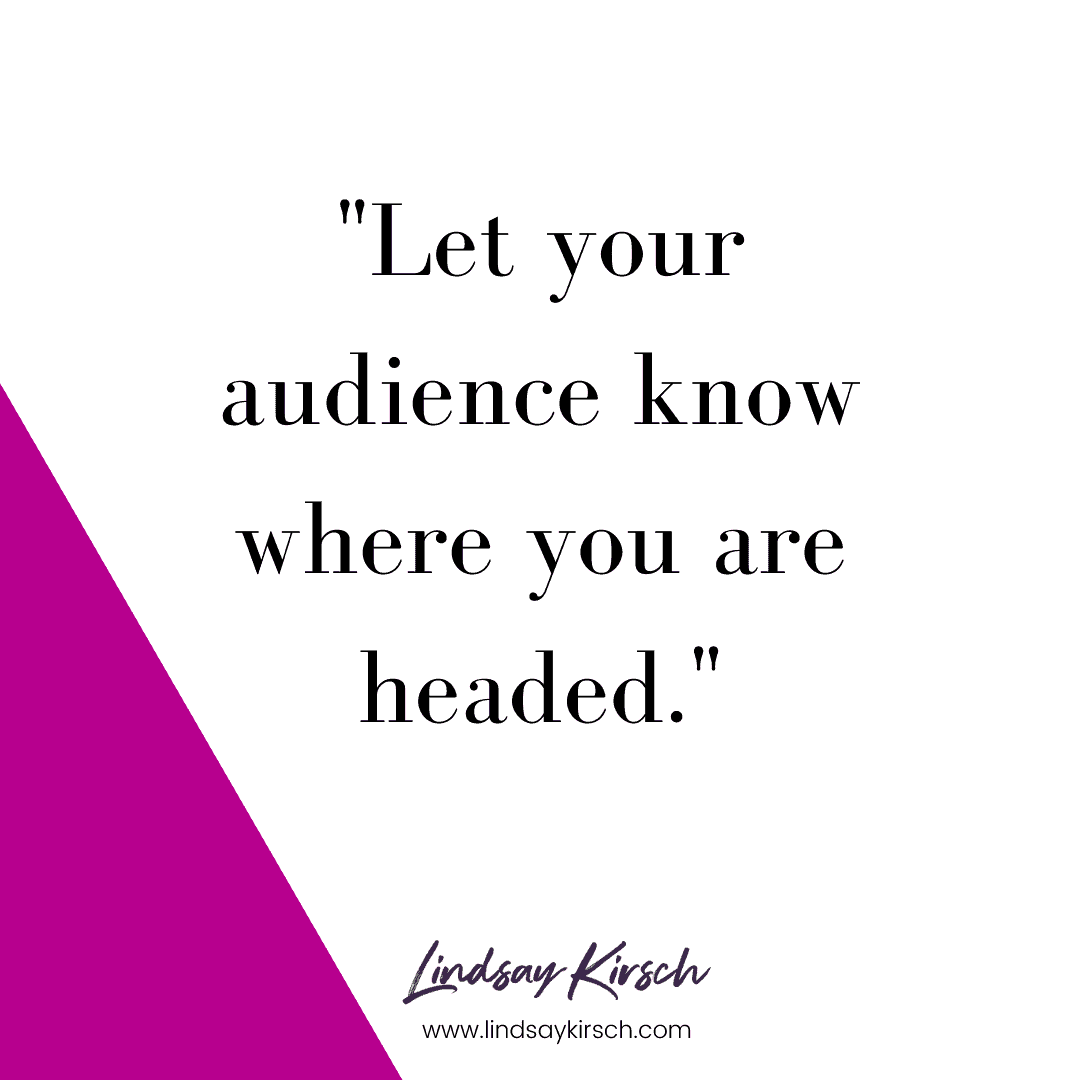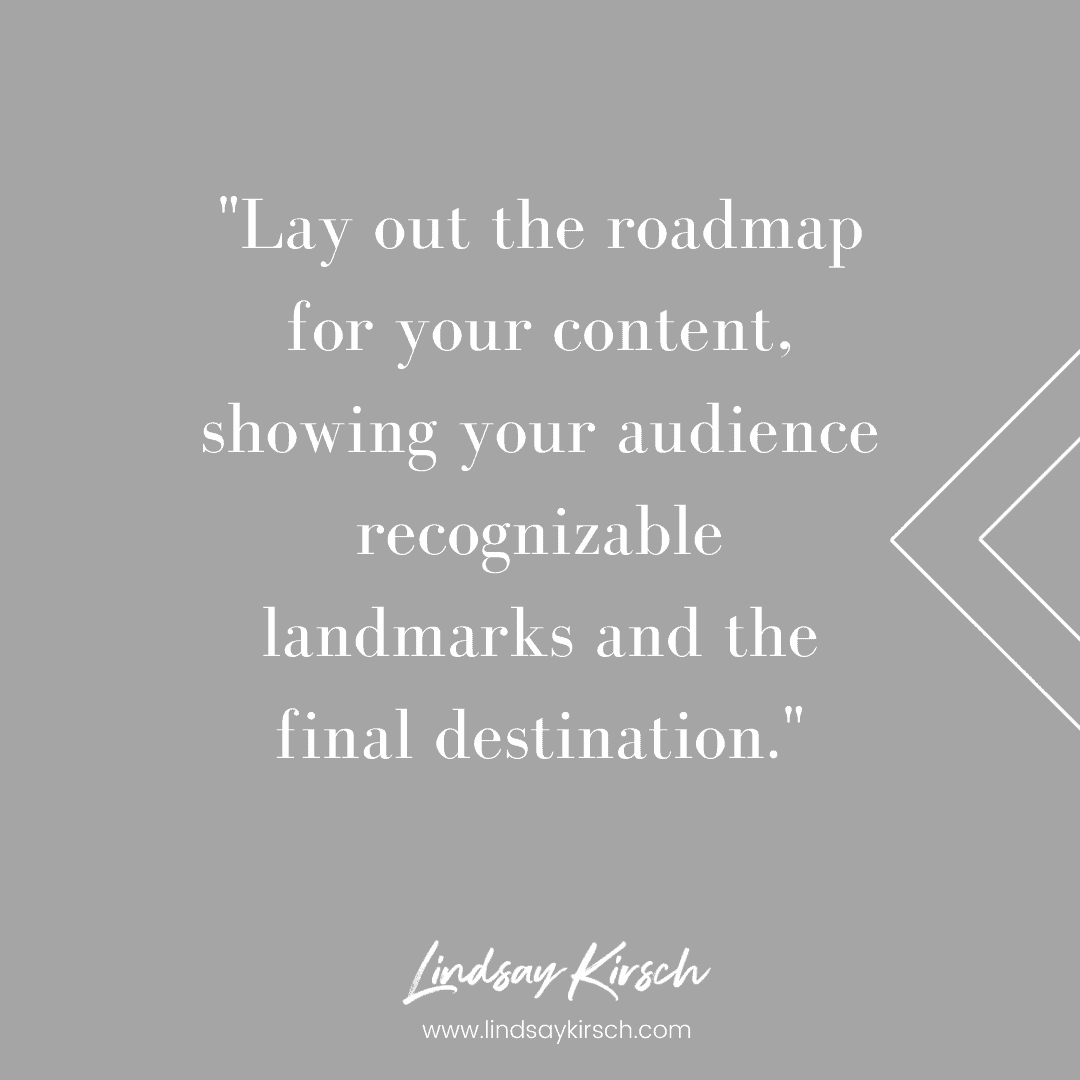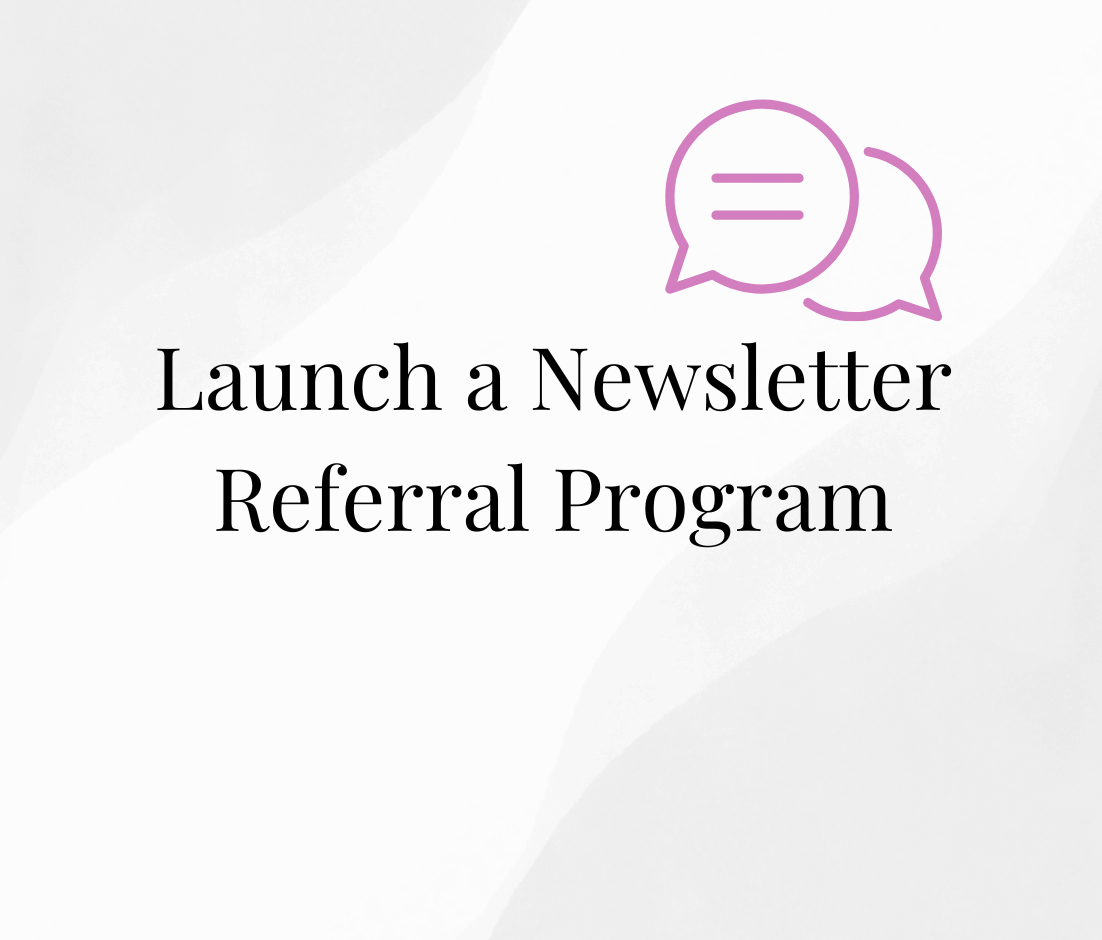Getting people’s attention is a tough job. If you’re creating content, you understand this challenge well. Online, it’s like trying to yell at a crowd of people:
“Hey! Check this out! This will change your life!”
The problem is, everyone is doing that, yelling the same kind of message, so your message can get lost in all the noise.
So how can you uniquely stick out from the crowd so that you can get your message across to the right people?
If you read the previous blog post in this series, you know the crucial importance of grabbing your audience’s attention from the beginning. Once you have your audience’s attention, you need to keep their attention by helping them understand the message you’re conveying.
By the end of this article, you will be able to understand key concepts of grabbing and maintaining your audience’s attention so they don’t skip over to someone else’s content and instead can fully grasp the message you’re trying to communicate.
Where Is This Story Going?
Have you ever read a story or watched a movie and have been disappointed by the ending, where the story seemed to be building up to something but just doesn’t hold together by the end? And I don’t mean that a story is suspenseful and you get a surprise ending. I mean that the plot is confusing and by the end of the movie, you want your money back.
Sometimes that can happen with your content, too. Your audience can be engaged by your content but doesn’t understand where you are leading them.
Some time ago, I had a conversation with a friend who recently completed a digital course on improving her business strategy. My friend enjoyed the course. It came with a supportive online group, videos, and workbooks–all lead by world-renowned thought-leader in the field, with thousands of followers.
But there was a big problem. After she had completed the course, she wasn’t exactly sure what the next steps were. There was no action plan for where to take her business or how to use the material that she had been given. Although she received a lot of great information and support, all of this didn’t gel into something concrete to propel her business forward.
She was stuck in the space between information and application!
Because of this, this made my friend feel unsure of herself. She assumed that because this was an online digital course that this lack of clarity was normal. She was unsure of which direction to go to next, and she was unsure if this course was even worth it.
Which was too bad, because even though she felt this way, she still enjoyed the general content and collaboration with others that she had throughout the course. She felt a connection and that she had a tribe. She just didn’t get what her specific action was, and how this was going to measurable support her business. Although new friends are always nice to have, she didn’t pay thousands of dollars to make friends. She paid the money to grow her business.
All this left a bitter taste of disappointment in her mouth. She had invested all this time, money, and effort into this course. She felt she had only come away with a group of friends and colleagues and some not-so-new information–not what she thought she had signed up for: a plan of change for her business.
Her journey on this business strategy course left her with a lack of self-confidence, which is the exact opposite of what she should have been experiencing.
Now she had all the INFO and knew what she SHOULD be doing. What was missing was that she didn’t know how to do it for her specific business!
This conversation made me think about what was exactly missing from the course–a clear, discernible direction.
There should have been a clear path of where students would be going as well as specific goals to be achieved by the end of the course.
Spoiler Alert: Let Audience Know Where You’re Headed

In my last post, I spoke about the Nine Events of Instruction, a concept created by education expert Robert Gagne. If you recall, the first event is grabbing your audience’s attention by evoking all of the senses.
If you’re writing something–whether it’s a blog post, an eBook, or a social media post–you should use an eye-catching, attractive photo. If you’re on Facebook Live or some other live streaming platform, a catchy title can reel in your ideal audience.
For this digital course that my friend completed, the second event was missing–defining what you’re doing to help your audience understand what you’re talking about.
Essentially, this is laying out the roadmap for your content, showing your audience recognizable landmarks, and the final destination. Defining your instructional objectives will help you to do this.

Say for example that I create a training video about how to make a peanut butter and jelly sandwich. My instructional objectives would be that after watching my video, you should be able to:
- Make a peanut and butter sandwich with a standard kitchen knife.
- Leaving no crust or crumbs behind.
Now, after reading that, your interest should be piqued. You probably expect to use a butter knife for a PB&J, but to leave no crust or crumbs behind while doing it? That’s not only intriguing, but that’s also the roadmap that has been laid for the video content with concrete milestones.
The Benefits of Stating Your Instructional Objectives Upfront
So why should you state the objectives of the information you are going to deliver to your audience?
There are a few benefits to doing this.
- It helps your audience to better connect with your material. By setting up the correct expectations for your content, your audience can better follow along with your train of thought. There will be better resonance with your material instead of people reading, listening, or watching, and walking away without any direction or action plan.
- It helps you find your ideal audience. When you put the instructional objectives upfront, then your potential audience can self-filter. The ones who are not interested won’t have to waste their time with your content. Note: don’t be offended! Your content should be geared towards your specific audience. “Everyone” is not an audience member! The ones who are interested know what they are getting from the beginning and are better prepared to be engaged.
- It provides a reliable guide and reference point for your audience. This is especially for longer content such as a course. If your audience gets a little lost or confused, then they can refer back to your learning objectives to set them straight. It helps when your objectives are actionable and measurable (Learning Innovation). This means you define what people are doing, and how they can quantitatively measure their results.
- Being clear and consistent with your message helps you to stand out. You don’t want your content to get lost in the ever-growing sea of mediocrity–and you certainly don’t want to add to it. Instead, you want to present a clean and clear face for your business. One way to accomplish this is to have instructional objectives for your content.

Ultimately, you want to leave your audience not only with valuable information but ways to implement that information. You aren’t just trying to waste space or time with your message–you want to create content that impacts people’s lives for the better. So let your audience know from the beginning how you will do just that, and then they will be able to successfully engage with your content.



